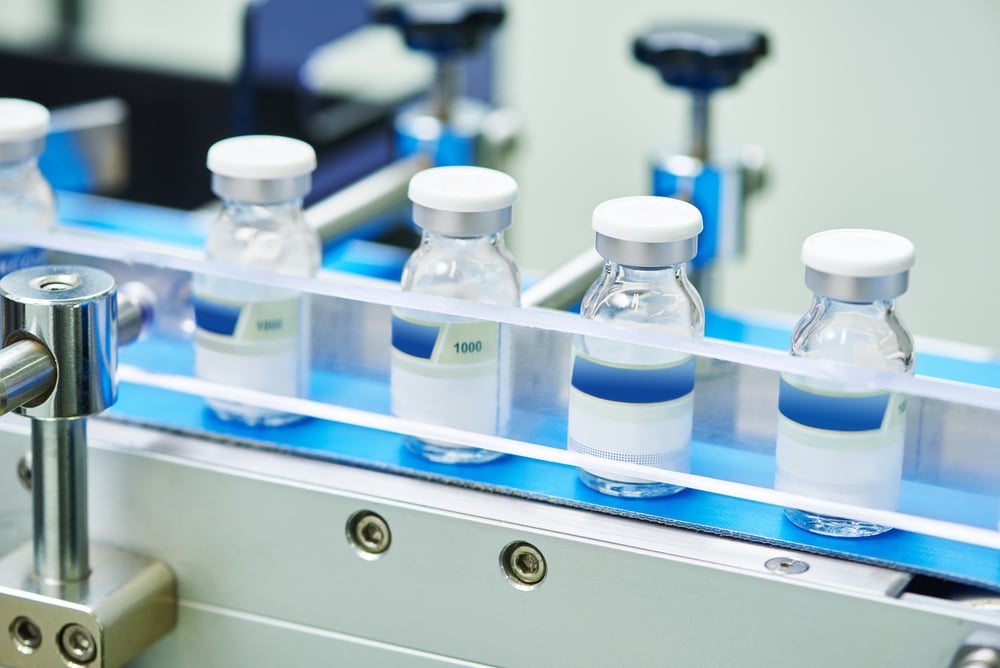Healthcare is a Difficult Industry, Let us Make it Easier
Providing medical equipment that is always ready and on call — reducing risk, increasing efficiencies, and improving profit margins while maintaining quality of care — is the hallmark of successful Maximo implementation for healthcare.
Using the full suite of Maximo for Life Sciences (including Calibration), Maximo ensures that each piece of equipment is ready to do its part not only for healthcare, but for life sciences.
Interloc understands this and provides a Maximo solution that optimizes reporting for compliance procedures, business processes, and documentation to meet industry standards and requirements -- including FDA 21 CFR Part 11. This Maximo for Life Sciences and Calibration infrastructure allows you to stay on top of your assets, manage risk, and create work orders while maintaining service level agreements for patient safety and ensuring organizational efficiency.



